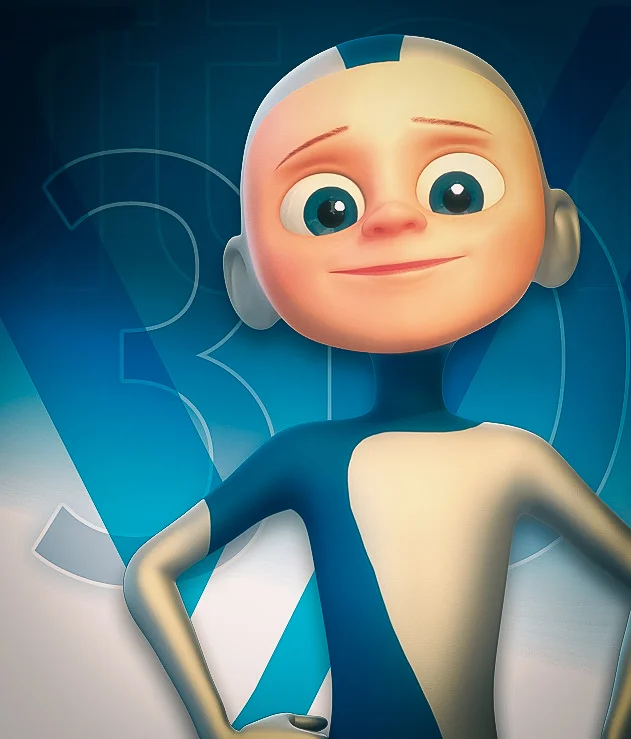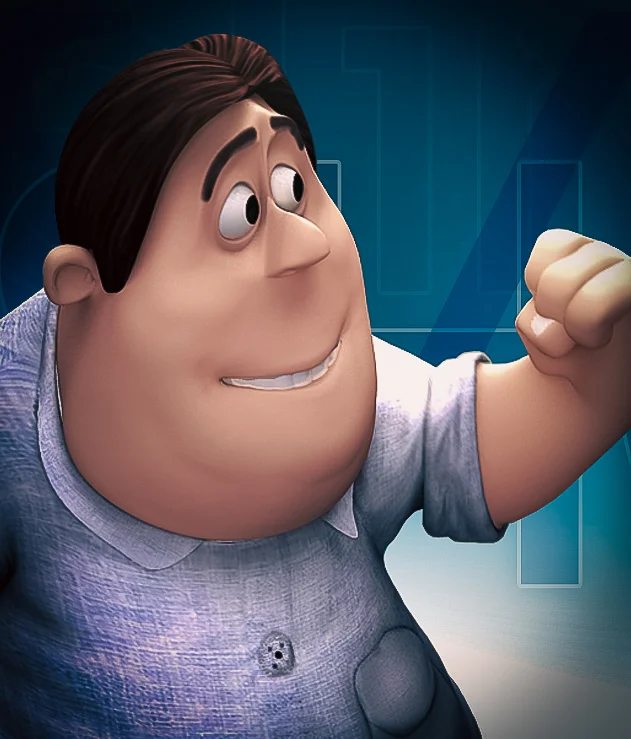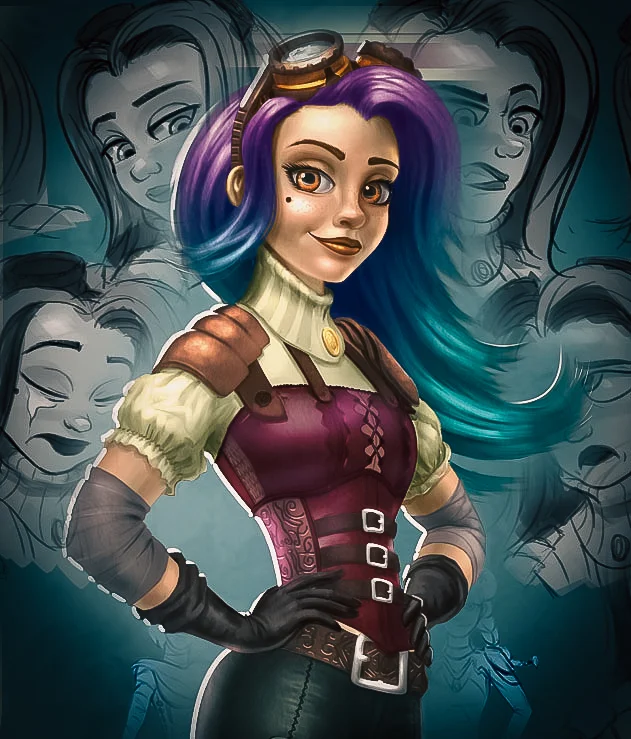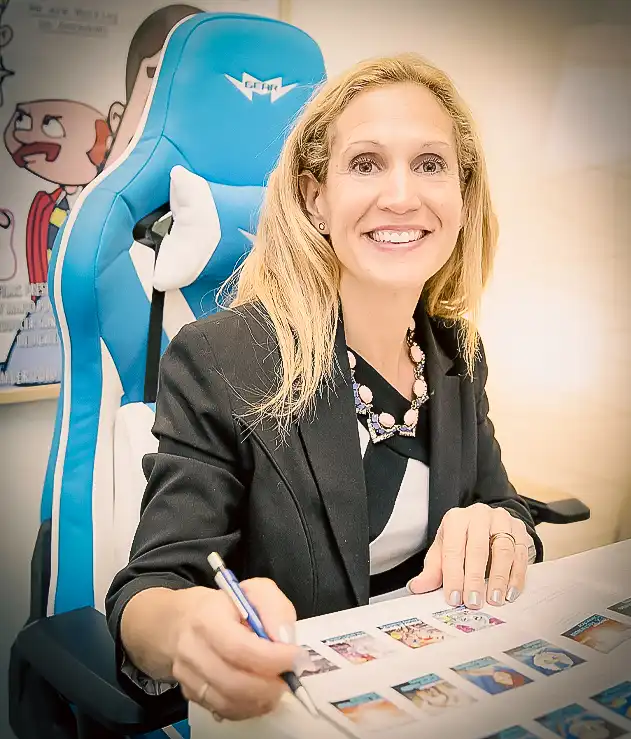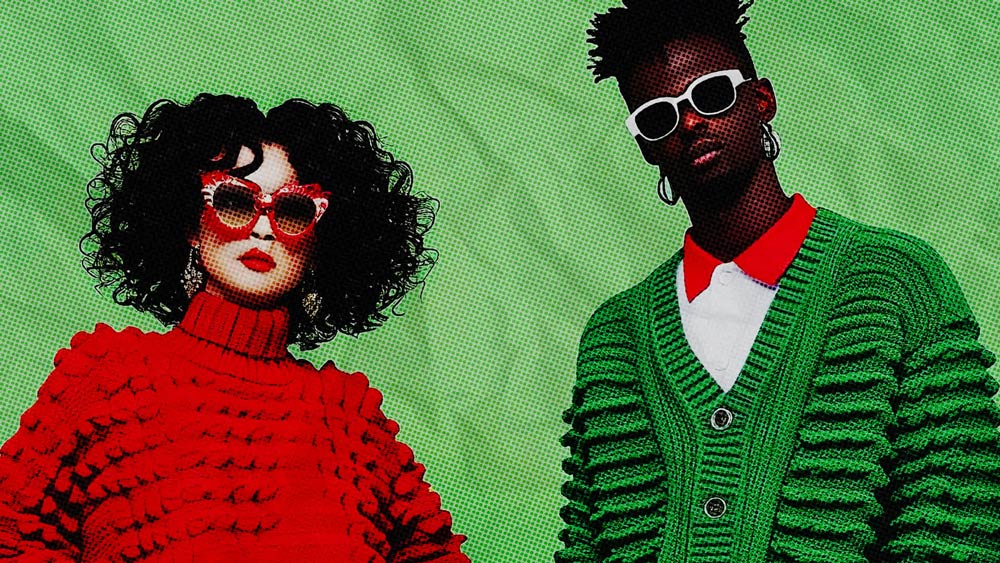 Image: Franciacorta Design (Motion Array)
Image: Franciacorta Design (Motion Array)
Author: VANAS Team
8 Key Differences Between Game Art and Game Design
Table of Contents
- The Role of Game Art
- The Role of Game Design
- #1 Visuals vs. Mechanics
- #2 Tools and Software Used
- #3 Creativity vs. Problem-Solving
- #4 Technical Skills Required
- #5 Career Paths in Game Art and Game Design
- #6 Collaboration in Game Development
- #7 Industry Demand and Job Prospects
- #8 How to Choose the Right Path
- Frequently Asked Questions
The Role of Game Art
Game Art focuses on creating the visual elements of a game, including characters, environments, objects, textures, and animations. Artists ensure that a game looks visually appealing and aligns with the creative vision.
Game artists use 2D and 3D tools to bring ideas to life, creating everything from hand-drawn concept sketches to detailed 3D models.
The Role of Game Design
Game Design is about gameplay, mechanics, and player experience. Game designers build the structure of the game by defining how players interact with the world, how levels progress, and what makes the game engaging.
A game designer determines:
- The rules and mechanics of the game
- Player progression and challenges
- The overall feel and pacing of the game
#1 Visuals vs. Mechanics
One of the biggest differences between game art and game design is their focus.
- Game Art is about making the game look stunning, designing characters, animations, and environments.
- Game Design is about making the game fun to play, focusing on mechanics, interactions, and player challenges.
#2 Tools and Software Used
Game artists and game designers use different tools to complete their work.
Game Art Tools:
- Photoshop – 2D art and textures
- Blender/Maya – 3D modeling
- ZBrush – Digital sculpting
- Substance Painter – Texturing
Game Design Tools:
- Unity – Game engine
- Unreal Engine – Game engine
- GameMaker Studio – 2D game creation
- C# / Python – Scripting languages
#3 Creativity vs. Problem-Solving
Both fields require creativity, but in different ways.
- Game Artists express creativity visually, designing beautiful characters, environments, and effects.
- Game Designers use creativity to solve gameplay challenges, designing engaging mechanics and balanced difficulty levels.
#4 Technical Skills Required
Game Art Skills:
- Drawing and illustration
- 3D modeling and animation
- Texturing and lighting
- Color theory and composition
Game Design Skills:
- Coding and scripting
- Level design
- Game mechanics development
- User experience (UX) design
#5 Career Paths in Game Art and Game Design
Both fields offer exciting career opportunities.
Game Art Careers:
- Concept Artist
- 3D Modeler
- Character Animator
- Environment Artist
- Texture Artist
Game Design Careers:
- Game Designer
- Level Designer
- Systems Designer
- Narrative Designer
- UX Designer
VANAS Online Animation School offers Animation, Visual Effects, and Video Game programs. To launch your career, visit https://www.vanas.ca.
#6 Collaboration in Game Development
Game artists and game designers must work closely to ensure a seamless experience for players.
- Game Artists create visual assets that match the designer’s vision.
- Game Designers provide guidelines so artists understand the gameplay needs.
Without collaboration, a game might have stunning visuals but poor mechanics—or great gameplay with an inconsistent art style.
#7 Industry Demand and Job Prospects
The gaming industry continues to grow, creating demand for both game artists and game designers.
- Game Art roles are essential for studios focused on high-quality visuals.
- Game Design roles are crucial for creating engaging player experiences.
#8 How to Choose the Right Path
If you're deciding between game art and game design, consider these factors:
- Do you love drawing and visual design? Choose game art.
- Do you enjoy problem-solving and coding? Choose game design.
- Are you more interested in creating characters and environments? Game art is your path.
- Do you like designing rules and mechanics? Game design is the way to go.
Frequently Asked Questions
What's harder, game art or game design?
- Both have challenges—game art requires artistic skill and practice, while game design involves complex problem-solving and coding.
Can I do both game art and game design?
- It’s possible, but most professionals specialize in one area due to the depth of skills required.
What pays more, game art or game design?
- Salaries vary, but game design roles often offer slightly higher pay due to technical expertise.
How do I start learning game art or game design?
- You can start with online courses, tutorials, and programs like those offered at VANAS Online Animation School.


